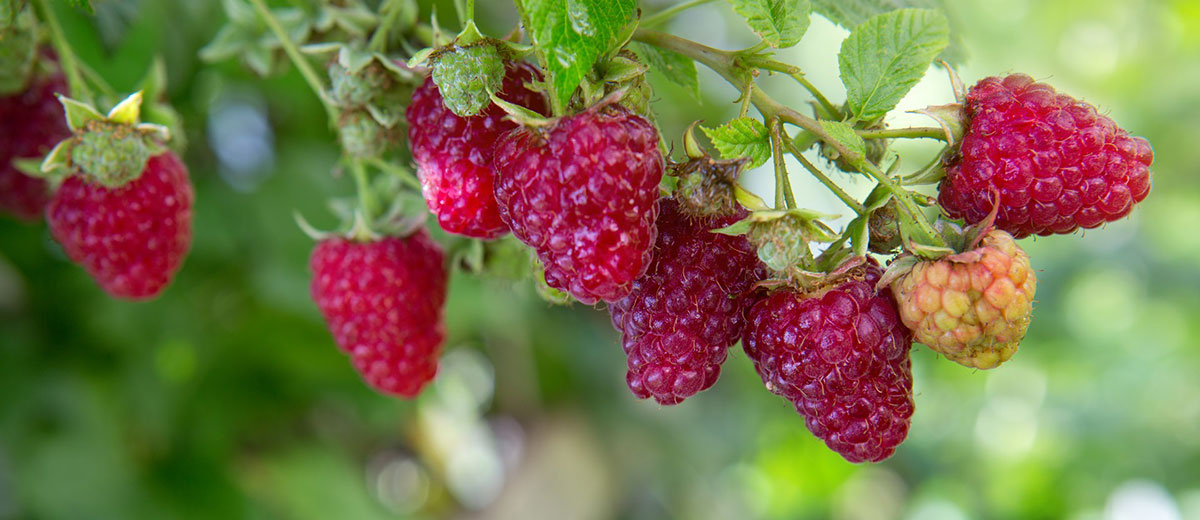-
Trees & Shrubs
Shrubs
- All Shrubs
- Shrubs for Spring Interest
- Shrubs for Summer Interest
- Shrubs for Autumn Interest
- Shrubs for Winter Interest
- Native Shrubs
- Evergreen Shrubs
- Shrubs for Coastal Sites
- Shrubs for Damp Sites
- Low growing Shrubs > 1m
- Medium growing Shrubs 1m to 2.5m
- Large growing Shrubs 2.5m+
- Bareroot Shrubs 2025/26
- Fruit
- More Plants
-
Acres Scheme
- Our Nursery
- Gardening Advice
- Vouchers



